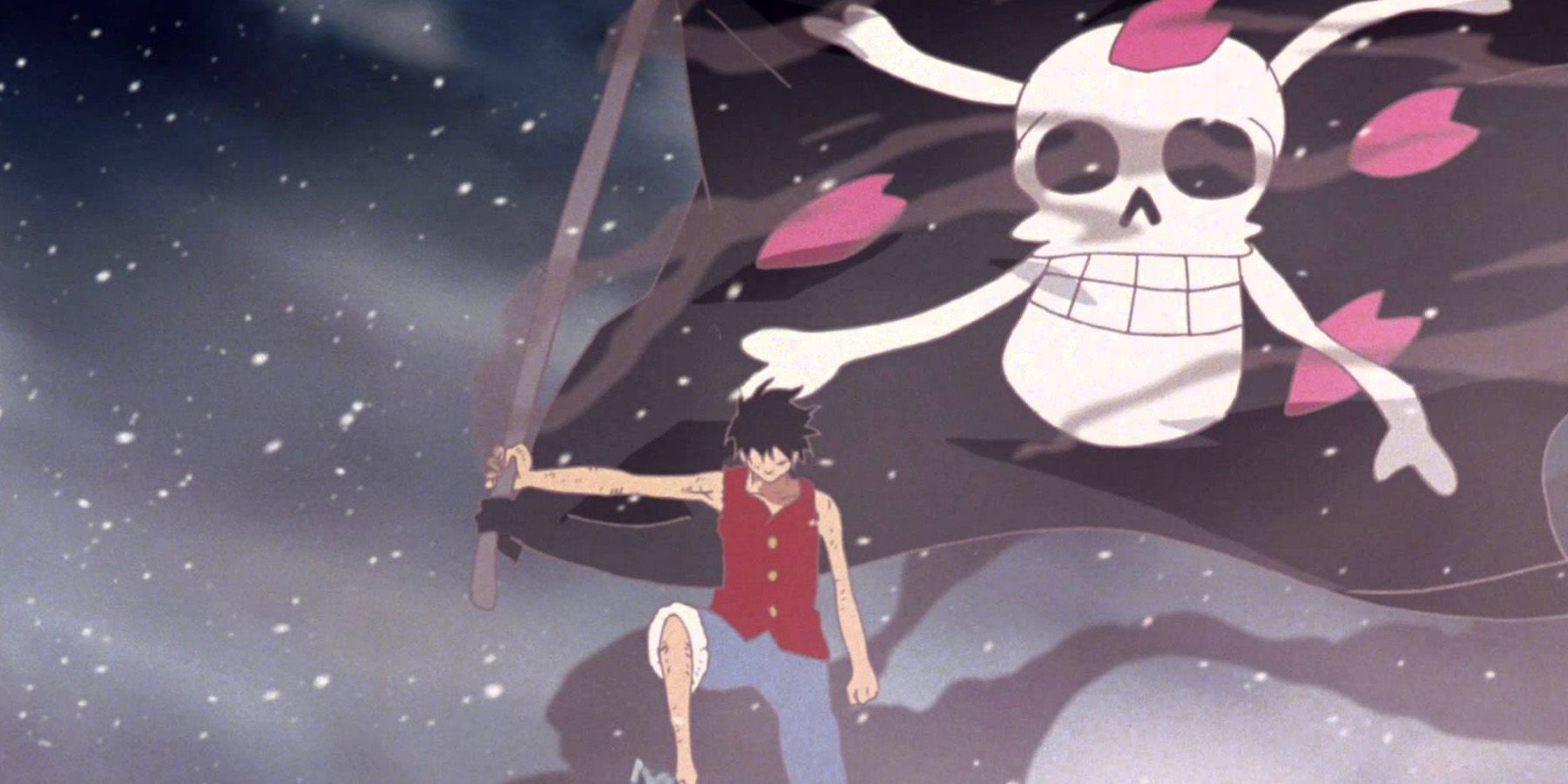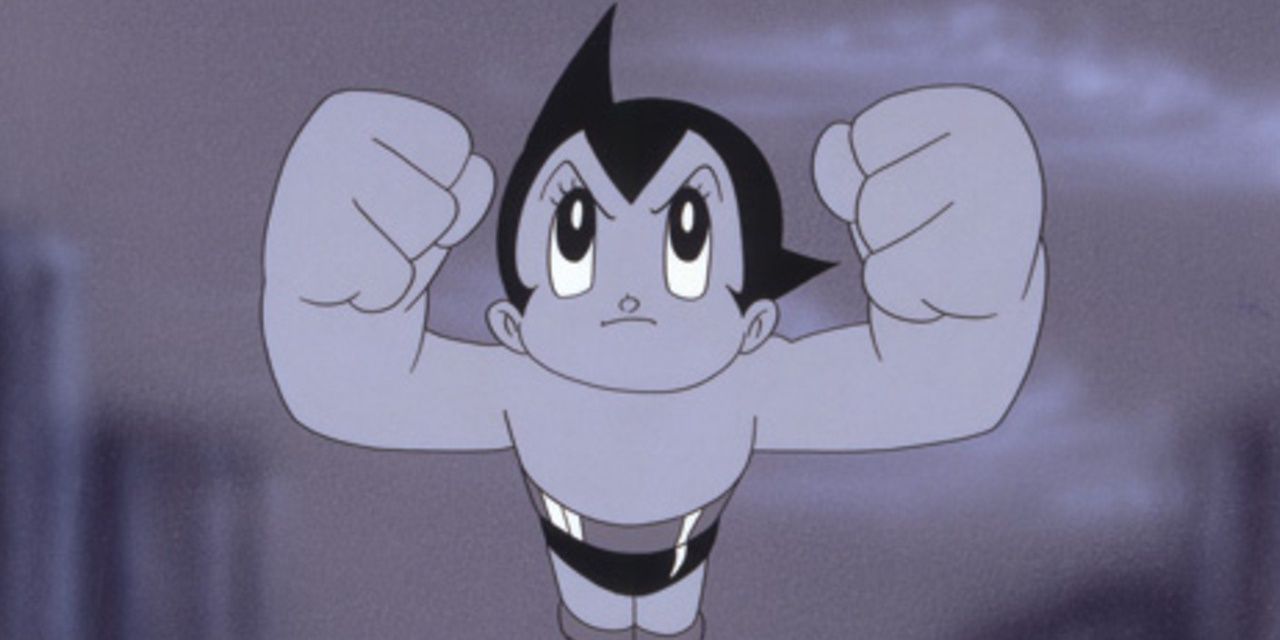Piracy and the anime industry have been part of the same sentence since the start of the century, even before when considering the manga industry. It has always been an ongoing debate in the anime community, especially supported by the idea of having access to the shows everywhere and not just in Japan, the US, and a couple more countries. That was a major issue for a lot of fans who just wanted to watch a certain anime but were completely unable to do so, because the distributors in their country didn't deliver.Fansubs of various anime provided an opportunity for millions of people to enjoy and get to know anime which potentially helped the industry, as they would buy merchandise or gain interest in other series, in general, it would open them to the possibility of spending money in anything related to anime. In a less official way, the influence of anime was spreading throughout the world without the need for expensive marketing campaigns or thousands of paid distributors being involved. Maybe that was a big part of why the industry took so long on trying to crack down on piracy.
More Access Same Piracy
Nowadays, the situation has changed in a lot of ways. Access is not that big of a problem as big streaming platforms have a ton of anime series simulcasts and more keep adding them. Netflix has bet big on anime. Amazon Prime Video has a lot of anime, too. Crunchyroll has become the biggest anime network worldwide after being purchased by Sony, and now Disney has expanded their partnership with Kodansha to bring shows exclusively to Disney+, some of them as big as Tokyo Revengers. If not on these platforms, more local distributors have been pushing hard for publishing Blu-rays of shows as well as movies that also premiere in cinemas across the world.
If we add to that the live-action adaptations, video games, card games, and conventions, it's difficult to deny that anime is one of the biggest entertainment markets in the world, theoretically solving in most places the access problem that served as fuel for the early days of piracy. However, this recent situation hasn't been able to change decades of consumer habits. Having unlimited free access to anime for so many has created the idea that it's a type of content you don't need to pay for, something that you have always had access to. Truth is, despite the efforts some anime aren't available to watch on the streaming platforms, but even if they are, they aren't the reason to subscribe, as you can easily watch them for free on one of the many pages that pirate them almost instantly after the release in Japan.
Although we are much better than a few years ago access to anime keeps being problematic in legal ways. Content is blocked depending on the country, Funimation doesn't even exist in a lot of countries, the movies arrive much later, dubs are also late if they happen at all, and official subtitles are often the work of IAs that commit a good number of mistakes. It's not an idyllic place for anyone outside Japan. But even in Japan, the piracy numbers for manga are off the charts just for the simple idea of reading only what you want for free instead of buying the weekly magazine or the volume when it comes out later.
Impact and Response
After painting the general picture now it's time to talk about numbers. According to Statista piracy has cost the anime industry close to $52 billion dollars in the last year (the highest ever). This is because now they are actually expending money on exporting the product internationally on a big scale, but fans have been reticent to take the bait. As Nikkei Asia announced the anime industry is going to look the other way anymore. With the collaboration of publishers and streaming platforms in 10 different countries, they are going to try to put a stop to anime piracy, especially in Southeast Asia where the numbers are getting out of control.
A core issue seems to be the consideration as a society that something is not worth paying for. It reflects the most when you compare the box office whenever a big anime movie comes out with the revenue of a series or a manga that is still ongoing. Going to the movies is something that people pay for, meanwhile, the viewers or readers of a series are mostly pirates. At the core, piracy is the problem and solution of the distribution at the same time. It does offer content that otherwise might not be available in your country, but its existence makes production companies decide against publishing a product that is not going to create enough profit. The immediate consequence of that is the dissolution of small studios and the cancelation of projects which directly affects and entire sector of workers that are just trying to do what they love.
Piracy might look like the solution to fix some of the repeated problems when it comes to the anime industry, but once the attention was achieved, when the anime is recognized as a global market in continuous expansion, the most damage goes to the creators starting up and trying to produce new, exciting and varied content. Sometimes awareness is all it's needed to improve the growing anime community.
Source: Statista, Nikkei Asia






